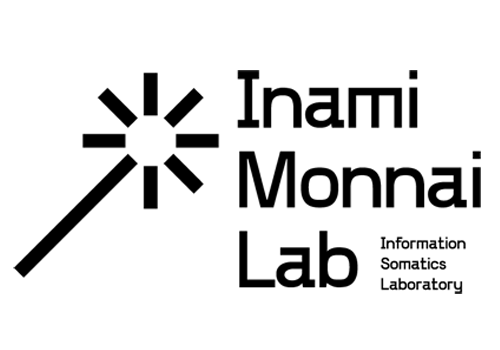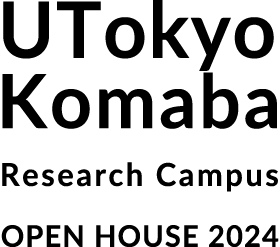
Understanding and designing the body schema based on human factors and physiology
Overview
Based on physiological, cognitive and physical findings, the following research is being conducted on 'body informatics', which pursues the mechanisms of the body as a system and physically extends and compensates for the innate sensory, motor and intellectual processing functions of humans in terms of physical and information.
(1) Free-form technology: it is necessary to appropriately sense the user's intention and to provide appropriate feedback of information on the work object to the user's body. Research and development is carried out on extending human input and output by integrating sensing technologies for biometric and environmental information such as gaze and myoelectricity, intention estimation and action prediction technologies using machine learning, etc., and actuation technologies such as myoelectric stimulation.
(2) Human augmentation engineering: Research and development is conducted to engineer a new view of the body, such as a supersomatic body, disembodiment, transformation, alteration and combination, by extending human capabilities with the aid of virtual reality, augmented reality, wearable technology, robot technology and tele-legislance, with the aim of implementing them in society, such as in response to the super-aging society. Aim to implement them in society, such as in response to the super-aging society.
(3) Technology for sharing and communicating subjective experiences: aims to construct systems for recording, reproducing and communicating subjective experiences and experiences as visual, auditory and tactile sensations spread over the body and space, and to realise technology to enrich the quality of daily life (QoL), such as supplements. (3) Develop research and development for areas such as entertainment computing, superhuman sports and the transmission of skills.
(4) Design of perceptual and emotional experiences: the human body and mind are inseparable, and subjective experiences such as perception and emotion are constructed through the mediation of the body of the self and others. Based on the findings of psychology and physiology, we will design methods that enable the composition of arbitrary perceptual and emotional experiences by transforming perceptions of the self and others' bodies through information technology.
(5) Wireless interaction: based on the concept of distributed constant systems, wireless technology in the broad sense of controlling various waves and fluids, such as microwaves, terahertz waves and ultrasound, to transmit information, energy and matter in a non-contact manner, and to support cognitive behaviour without compromising the physicality of users. Aim.
- Instructor / Laboratory
- Inami and Kadouchi Lab
June 7 (Fri) 10:00-17:00
June 8 (Sat) 10:00-17:00
